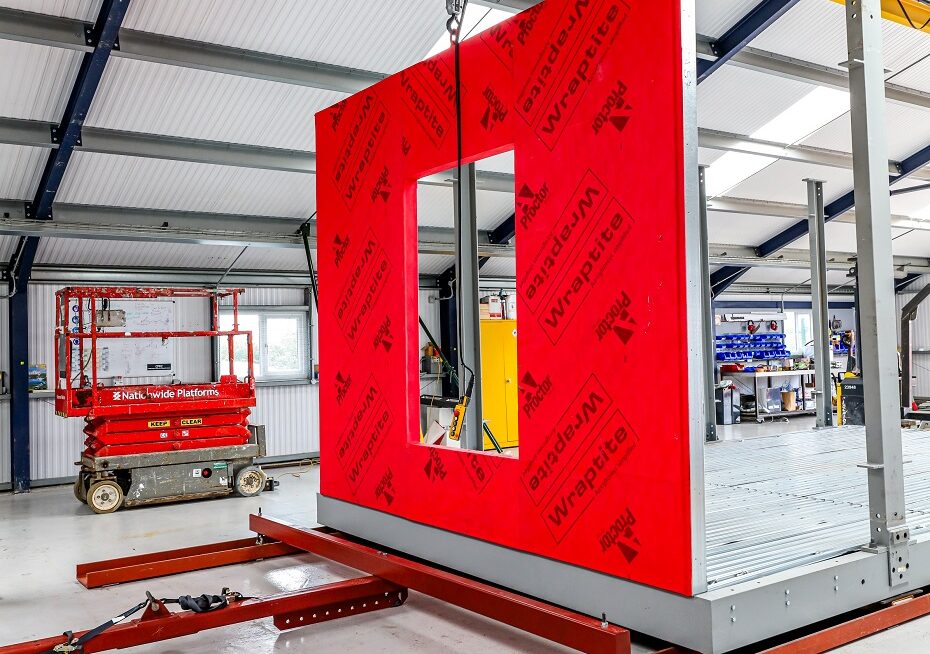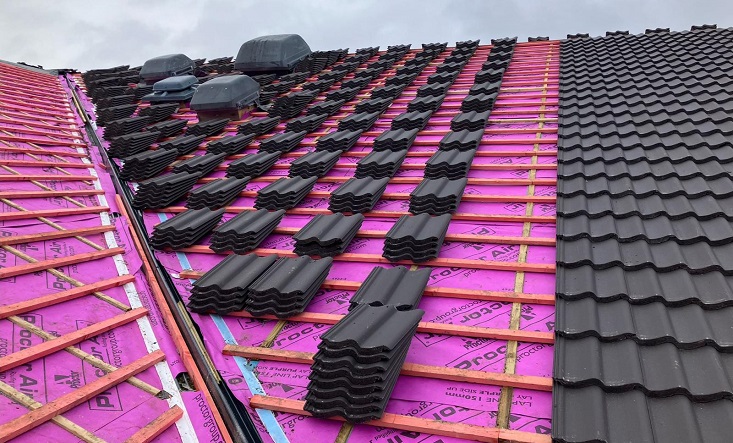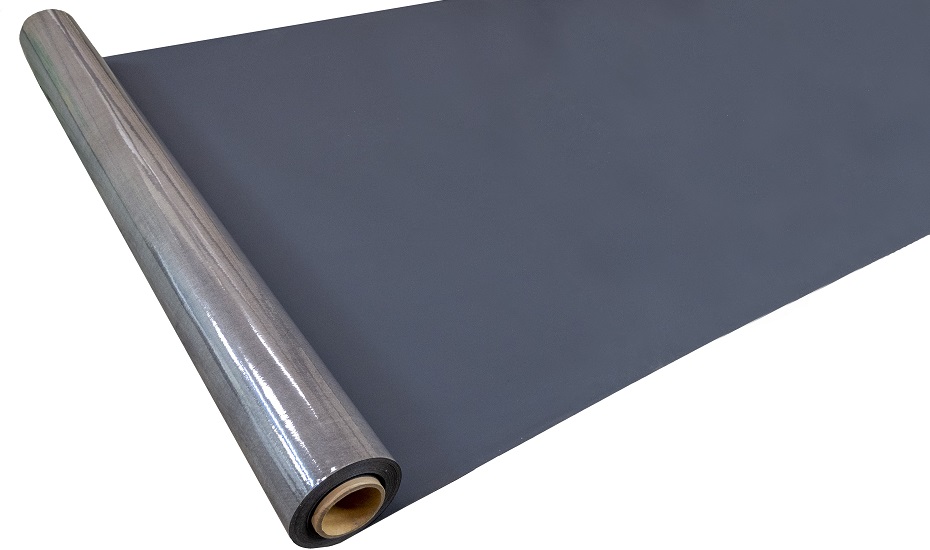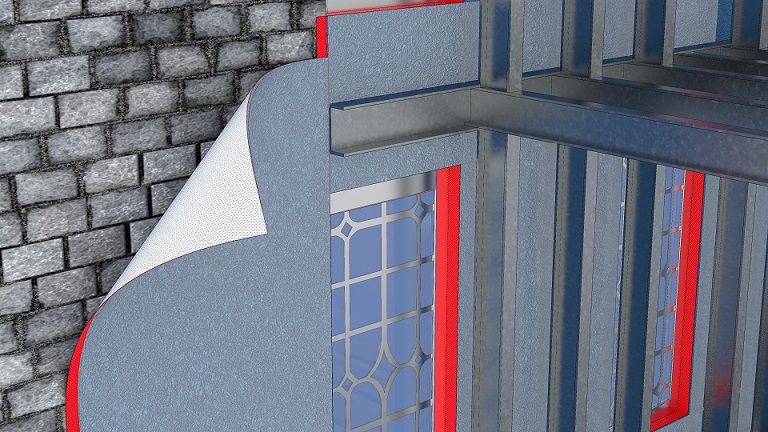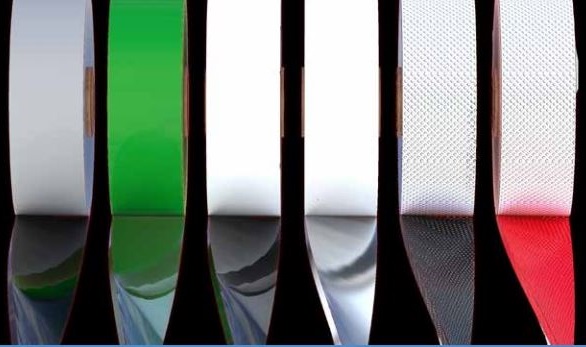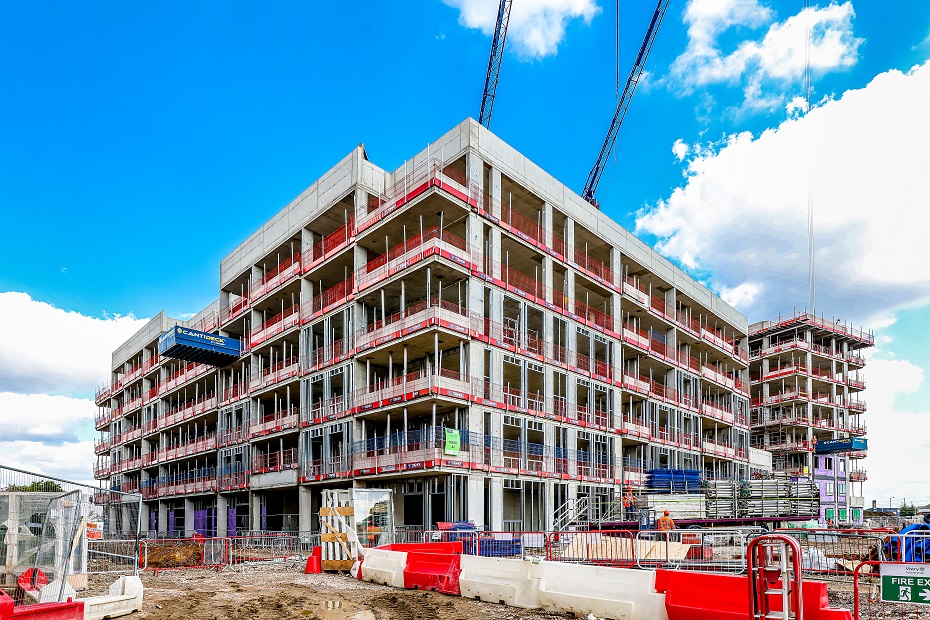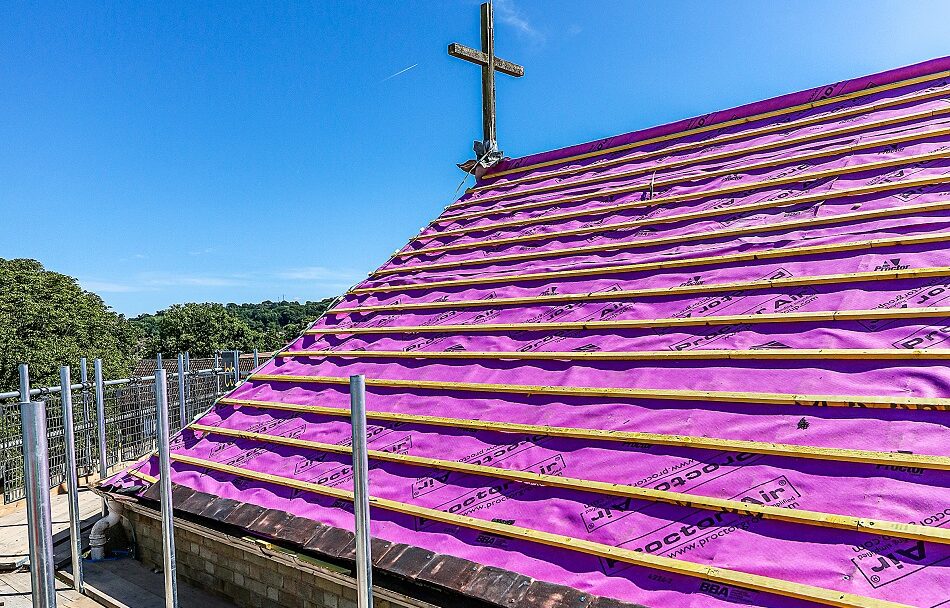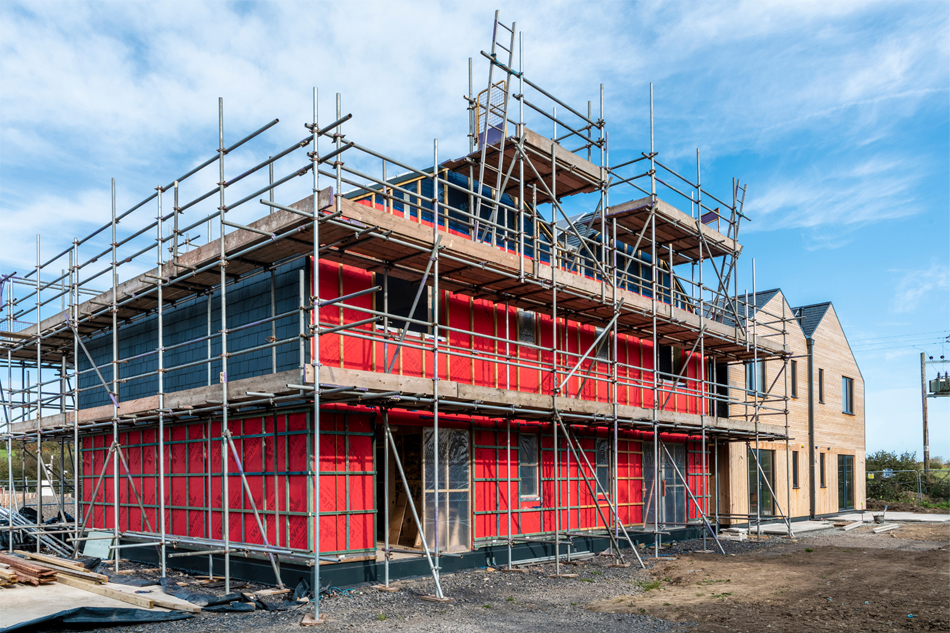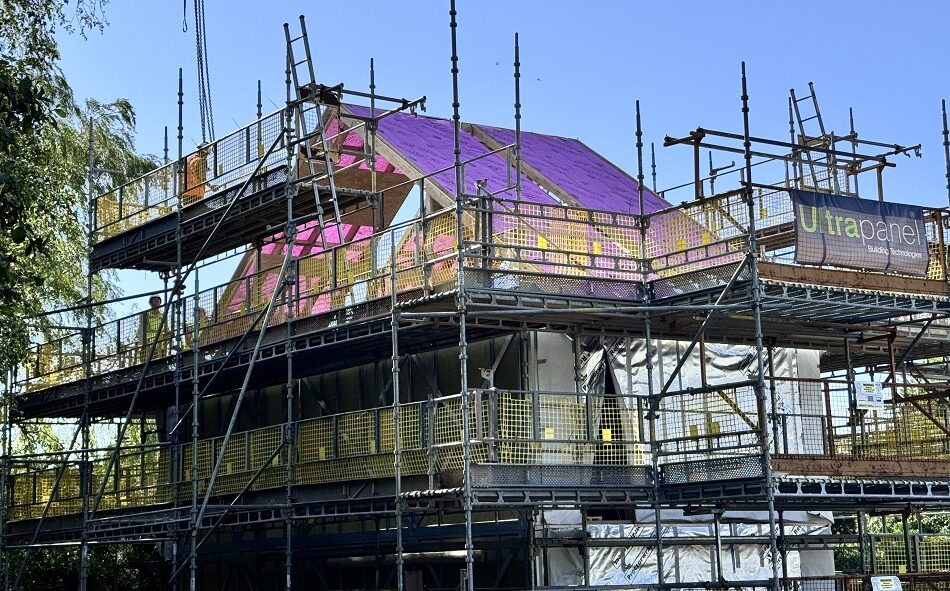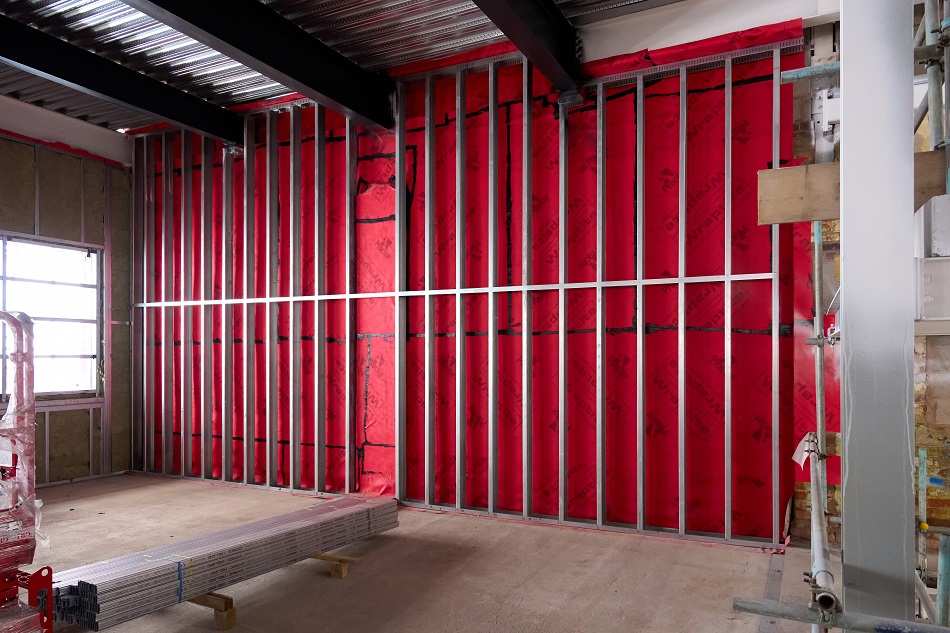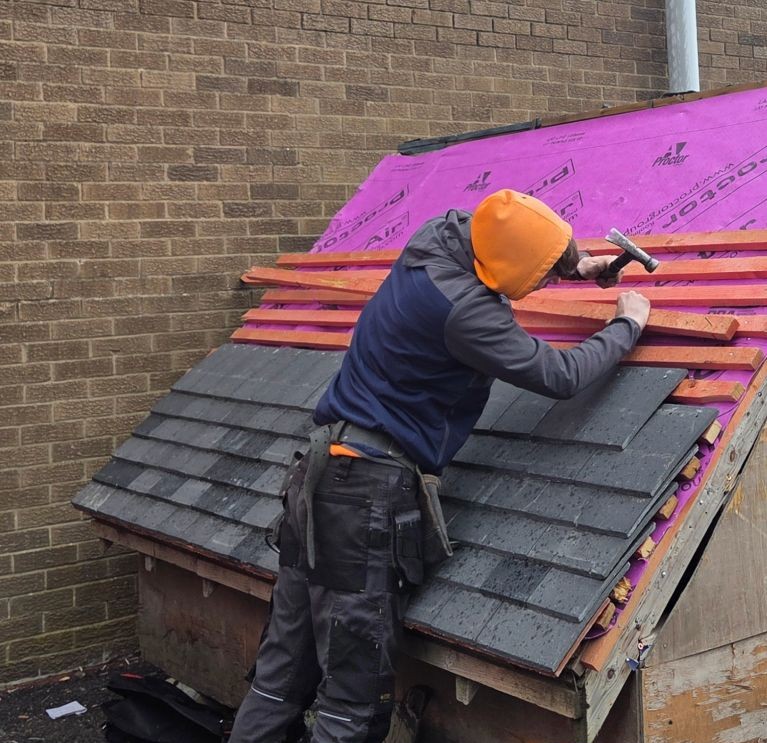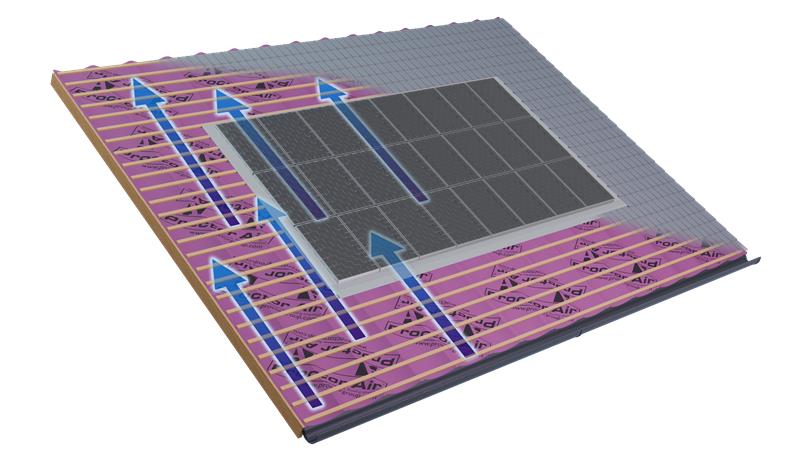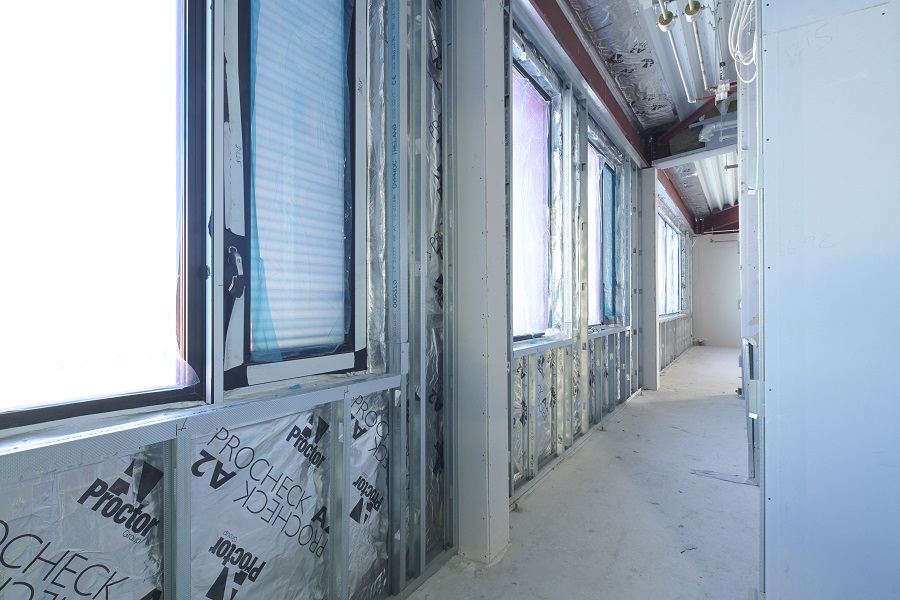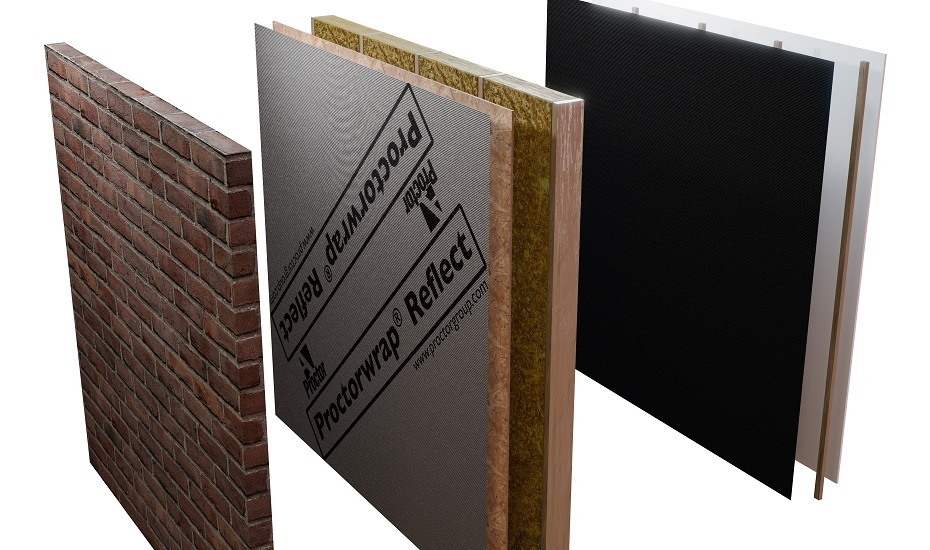Yet it remains fundamentally true that the speed and quality made possible by MMC is demonstrated every day in the delivery of other buildings. Whether it’s high-rise residential, schools, hospitals, warehouses or prisons, there is real momentum to turn MMC into BAU (business as usual).
UK construction is setting an example that others want to follow
My colleagues and I talk to people all over the world about modular and offsite construction methods. Those conversations have made one thing particularly clear: the UK is pretty good at this!
Some construction companies in the United States, for example, are just starting to grasp the potential, and they see the UK almost like pioneers. But that picture isn’t necessarily reflected here at home.
When failures in MMC-delivered housing are reported in the wider media, they continue to link modern housing to the flawed prefab and non-traditional housing of yesteryear. Rather than being elevated by success stories, the sector is instead weighed down by continual comparisons to past failures.
Encouraging positive change from the top down
Arguably the biggest success story is that the wider construction industry has collaborated with the UK government to try and affect positive change. And perhaps the most significant result of that collaboration is the Construction Playbook, published at the end of 2020.
The playbook sets how government will work with industry to deliver public projects more efficiently, with a particular focus on getting projects and programmes “right from the start”. Not only is this a positive in itself, but changes and improvements evidenced in public procurement usually start to become the norm throughout construction.
Promoting the adoption of construction platforms
A key goal of the Construction Playbook is to procure more projects using construction platforms. These are “standardised and interoperable components and assemblies”, where manufacturers can offer a ‘kit of parts’ for use with a common structural solution. As shorthand, platform construction is often compared to modern automotive assembly techniques.
One of the earliest examples of a fully realised construction platform is Seismic. We supplied our Wraptite® external air barrier system to the Northampton School for Boys Multi-Academy Trust, which was a Department for Education-funded project that used Seismic’s technology.
A key advantage of Seismic, and platforms generally, is the speed and efficiency with which buildings can be ‘assembled’ (rather than ‘constructed’) thanks to the repeatability offered by the system design. Products specified for use with such systems need to work within that environment, rather than risk slowing things down.
The self-adhered nature of the Wraptite membrane did just that, providing vapour permeability and airtightness in a single layer. It saved on labour and material costs, and contributed to overall building performance goals.
Supporting panelised and volumetric offsite solutions
Product platforms represent an exciting future for the construction industry, and are backed by government procurement guidance. Of course, modular solutions like panels and volumetric systems remain an important part of the landscape. Indeed, they are often still the first thing people think of when talking about modular, offsite or MMC.
While the offsite/modular sector is delivering exciting schemes across the country, it is still grappling with two particular challenges: storage and transport.
When panels are completed in the factory, they are sometimes shrink wrapped. The materials used to make the panel naturally contain moisture, but rather than being able to dry out during storage, the wrapping traps moisture within the system.
Here again, Wraptite offers a significant benefit. Its vapour permeability allows moisture out of the construction, helping the panel to dry out. And the self-adhered nature of Wraptite protects finished products during transportation too.
The majority of membrane solutions are taped, meaning they are not fully bonded to the substrate. During transport, lateral air movement across the surface pulls at the membrane, tearing it and potentially damaging the panel. That doesn’t happen when Wraptite is used.
Working with the offsite sector to offer bespoke solutions
These are all important features of a single product in the A. Proctor Group range, and they can be taken advantage of by any offsite or modular manufacturer.
Where we really work best, however, is engaging with manufacturers individually and finding ways in which we can help to improve processes. Collaboratively, we look at the manufacturing, storage and transport stages to find the right solution for any given system.
This collaboration is what gives us such optimism in the offsite sector, because we’re working with system manufacturers every day and seeing the outcomes of their efforts. Exciting innovations, like developing robotics to apply membranes in the factory, show that offsite construction is not sitting still. And we are proud to support, and work with, such developments.
Request a Sample
Technical Advice
CAD Detail Review
U-Value Calculation
Book a CPD
Specification Check
